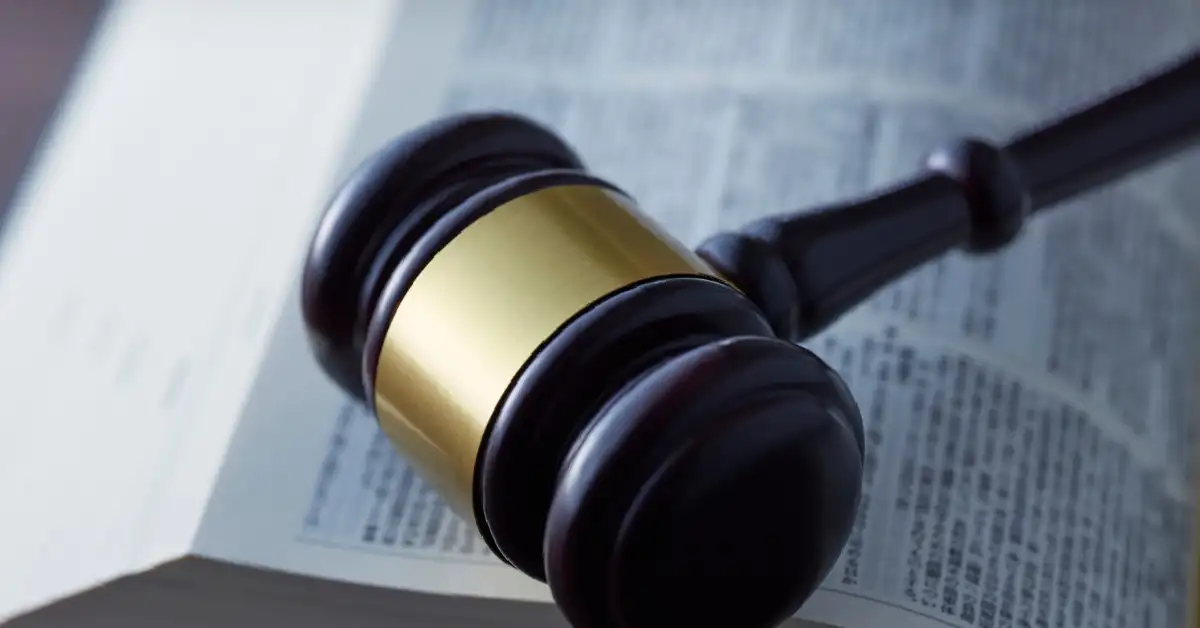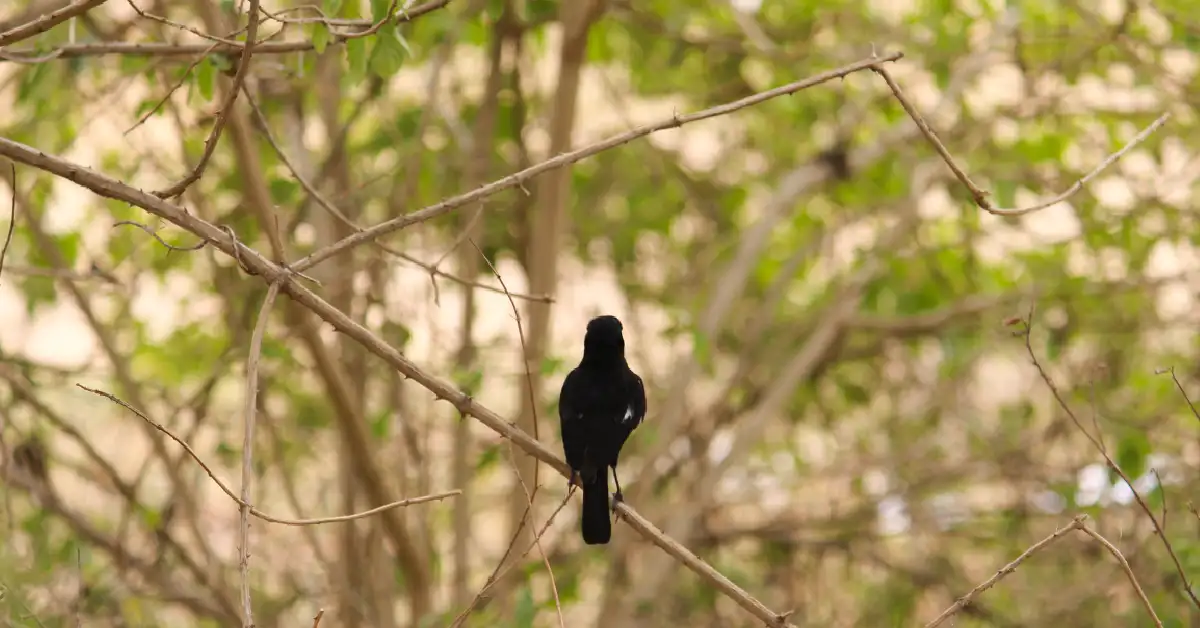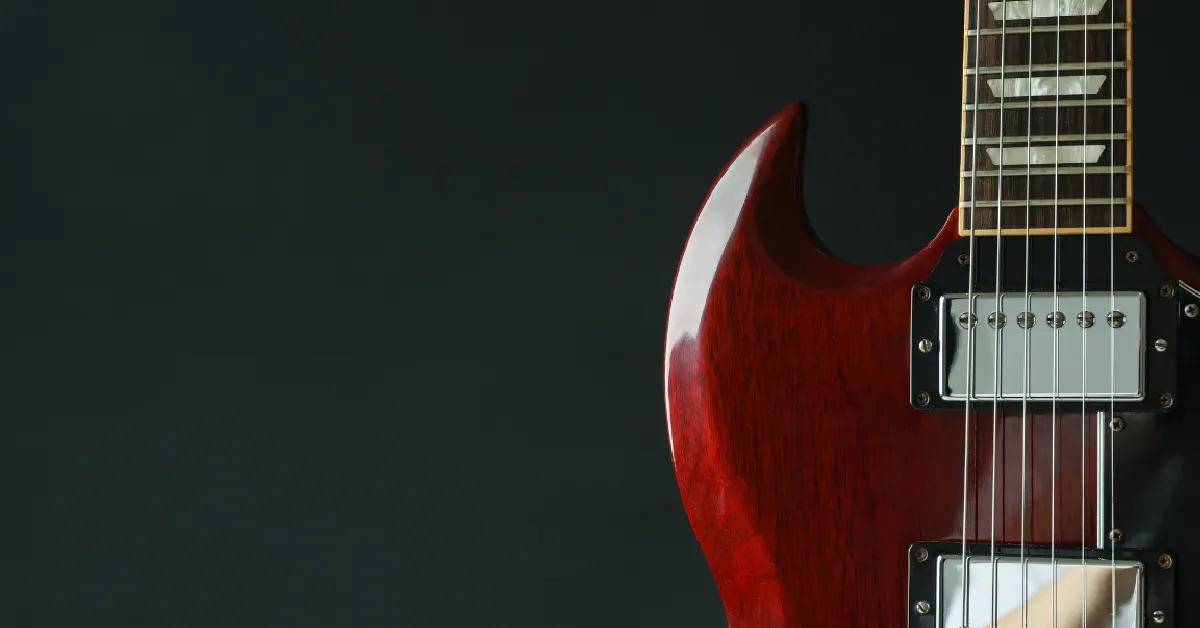Editors Pick
What is Hyman Roth and what does he offer?

Hyman Roth is a fictional character from The Godfather Part II—an elderly, cunning Jewish mobster and investor skilled in manipulation, casino ventures, and alliances who offers a compelling portrait of power wrapped in calm, calculated scheming.
1. Background & Evolution of the Character
-
Origins: Hyman Roth (born Hyman Suchowsky) starts as a car mechanic in Hell’s Kitchen during the 1920s. Noticed by Peter Clemenza (“Johnny Lips”), he’s introduced to Vito Corleone, who renames him. He admires Arnold Rothstein, known for fixing the 1919 World Series, inspiring the new moniker.
-
Criminal Rise: He partners with the Corleone family during Prohibition via a molasses-smuggling operation; later becomes friends with Moe Greene—a key figure in developing Las Vegas.
-
Evolution in the Saga: By the 1950s, Roth leads his own crime syndicate—the “Kosher Nostra”—centered in Miami with interests in casinos, racketeering, and Havana’s gambling scene.
2. Overview of Key Traits & Role
| Trait / Role | Description |
|---|---|
| Calm Intelligence | A strategist more than a brute, often spoken in whispers but potent. |
| Trusted Ally (on surface) | Respected by Vito, but never truly trusted—Frank Pentangeli points this out explicitly. |
| Ultimate Betrayer | Manipulates Michael Corleone’s brother Fredo, triggering an assassination attempt on Michael. |
| Real Life Inspiration | Modeled on Meyer Lansky, famed Jewish mobster with ties to Havana casinos. |
3. Detailed Explanations of Each Trait
3.1 Master of Strategy
Roth’s hallmark is his unruffled demeanor—his voice is soft, his moves are sharp. Silent dominance is his trademark.
3.2 Surface-Level Respect, Hidden Threat
Pentangeli notes: “Your father did business with Hyman Roth… but he never trusted Hyman Roth!” A tension that drives much of the suspense.
3.3 The Betrayal Plot
By grooming Fredo to leak crucial inside information, Roth orchestrates an assassination attempt on Michael—then uses the chaos to attempt to destroy him politically via the Senate.
3.4 The Real-World Prototype
Hyman Roth parallels Meyer Lansky, who was deeply embedded in Miami and Cuban gambling and faced denial of right of return to Israel—mirrored in Roth’s fate.
4. Comparisons: Fiction vs. Reality
| Aspect | Fiction (Roth) | Reality (Lansky) |
|---|---|---|
| Casino interests | Havana and Las Vegas ventures | Havana and US organized crime ties |
| Political shield | Batista regime in Cuba | Close to corrupt Cuban officials |
| Escape plan | Seeks refuge in Israel; denied entry | Fled to Israel; also denied due to criminal past |
| Final end | Assassinated at Miami airport | Died peacefully (cancer) |
| Personality portrayal | Quiet, cold, Machiavellian | Powerful strategist, less dramatic depiction |
5. Benefits for Different Types of Readers
-
Film buffs: Offers deeper appreciation of Part II’s sophisticated villain.
-
Literary analysts: Studying moral ambiguity and power dynamics.
-
General audience: A compelling cautionary tale—quiet power can be deadly.
-
Students/Masterclass watchers: A vivid lesson in acting and screenplay strategy.
6. Security, Privacy & Reliability Aspects
Security: Roth manipulates covertly, protecting himself through proxies (Fredo, Ola).
Privacy: Never underestimates surveillance risk—keeps his true intentions hidden.
Reliability: On the surface, Roth appears reliable; beneath, he’s the ultimate betrayer—symbolizing the deceptive glint of power.
7. Future or Upcoming Legacy
-
Legacy: Roth remains one of cinema’s most subtly terrifying villains—his methods influence future mob stories.
-
Extended Universe: Though no new adaptations are on the horizon, discussions and analyses (like the YouTube breakdowns) keep his character alive.
8. Cost & Investment (Narrative Stakes)
Investing in Roth as the antagonist raises the stakes for Michael:
-
Emotional cost: Betrayal by a once-trusted partner and family infiltration by Fredo.
-
Power struggle: Battles in Cuba, Washington, and Miami shift Michael’s control of the empire.
-
Personal toll: Shows how power invades soul and family.
9. Pros & Cons of the Character
Pros
-
Layered and memorable villain.
-
Symbolic of political and moral rot behind wealth.
-
Elevates the narrative with intellectual menace.
Cons
-
Minimal screen time compared to primary Corleone figures.
-
His subtlety may escape casual viewers.
-
Over-reliance on archival flashbacks for context.
10. Conclusion: Is Hyman Roth Worth the Spotlight?
Absolutely. Hyman Roth is a masterclass in the portrayal of a villain whose greatest weapon is composure and intellect. His subtle menace, combined with a grounded real-world inspiration, makes him one of cinema’s most compelling antagonists. He doesn’t just kill—he pulls strings, corrupts loyalty, and strikes at the soul of power itself.
11. FAQs
1. Is Hyman Roth based on a real person?
Yes—he’s modeled after Meyer Lansky, a real Jewish-American crime figure involved in Havana casinos.
2. Who plays Hyman Roth?
Lee Strasberg portrays Roth in The Godfather Part II, earning an Academy Award nomination.
3. Why doesn’t Vito trust Roth, despite respecting him?
Roth’s calm duplicity and ambition make him dangerous—Pentangeli explicitly notes the distrust.
4. What does Roth’s “We’re bigger than U.S. Steel” line mean?
It illustrates his belief in the mafia’s power and tenacity—more than industrial giants—mirroring Lansky’s real quote.
5. How does Michael ultimately deal with Roth?
Michael feigns friendship but eventually orders Roth’s assassination—he is killed at Miami airport upon arrival.
6. What is Roth’s role beyond the film (e.g., in the novel or game)?
He appears as a minor character in The Godfather Returns novel and features in The Godfather II video game as an antagonist.
Editors Pick
The Explosive Truth Behind the C.W. Park USC Lawsuit

Introduction
The C.W. Park USC Lawsuit has become a flashpoint in conversations about academic power, institutional responsibility, and student safety. At its center lies serious allegations by a former student assistant, Yi Youn Kim, accusing Professor Choong Whan “C.W.” Park of repeated sexual assault and harassment during his tenure at the University of Southern California. The case also names USC itself, asserting that the university either knew of or failed to properly address Park’s conduct. This article dives deeply into the chronology, claims, defenses, ethical concerns, broader context, and what the outcome could mean for universities everywhere.
Background: Who Is C.W. Park and How Did This Begin?
Professor C.W. Park joined USC’s faculty in 1997 as a marketing professor in the Marshall School of Business and later directed the Global Branding Center. Over time, he became a well-respected scholar with influence in marketing and branding circles. Yet, during and after his service, serious accusations emerged.
In 2021, a former student assistant, Kim, filed the lawsuit alleging misconduct spanning from 2016 to 2019. The lawsuit asserts that Park used his position of authority to harass and assault her repeatedly. It further claims that USC was complicit by failing to act decisively, overlooking warnings, or not instituting proper oversight measures. After internal investigations and legal wrangling, the case continued to draw attention—and criticism—well beyond the academic sphere.
More Article Here
Timeline & Key Allegations
Here is a structured breakdown of how the events unfolded and what is alleged at each stage:
| Time Period / Event | Key Allegations or Actions |
|---|---|
| August 2016 | Kim is hired as Park’s student assistant. |
| Spring 2017 | Alleged nonconsensual sexual advance; asked to close his office door. |
| Fall 2017 (twice) | Additional incidents alleged: unwanted touching, comments. |
| Fall 2018 | Further alleged sexual advances. |
| April 24, 2019 | Final incident claimed before Kim left the role. |
| October 12, 2020 | Kim submits a formal complaint to USC’s Title IX / equity office. |
| 2021 | Lawsuit filed naming Park and USC; the university responds with denials. |
| 2023 | Reports indicate that a settlement was reached, and the Title IX claim was dropped. |
| Post-2023 | Ongoing debate about precedent, institutional policies, and reputation. |
The lawsuit accuses Park of telling Kim, “I can’t control myself around you,” forcibly touching or kissing her without consent, and leveraging cultural and power dynamics (given both are of Korean heritage) to discourage her from reporting. It further alleges that at least three other female student assistants of Korean descent made similar claims, indicating a pattern of behavior going back to as early as 2011.
USC’s Response & Defense Posture
USC has officially denied wrongdoing, rejecting claims of discrimination or retaliation. The university maintains it did not commit the acts alleged in the complaint for improper motives. Its public statements emphasize commitment to reviewing matters under Title IX and equity policies, though it also cites the constraints of confidentiality in personnel and legal affairs.
Park and his legal team have been largely silent in the public domain, not formally responding to many media inquiries. His retirement at the end of the Spring 2021 semester and reduced visible academic activity have limited fresh commentary. USC also has left his faculty profile in place, adding ambiguity to his current status.
Ethical, Legal & Institutional Questions Raised
This lawsuit brings up several systemic and philosophical questions that extend beyond the particulars of this case:
-
Power Imbalance in Academia
Professors wield deep control over students’ grades, research opportunities, recommendations, and career paths. When misconduct occurs, victims may fear retaliation, making complaints risky. -
Cultural & Language Dynamics
According to the complaint, Park often spoke to Kim in Korean, making it harder for her to document or report matters. Some argue this tactic amplifies the fear of speaking out in cross-cultural contexts. -
Institutional Duty to Investigate
The suit asserts that USC either ignored prior complaints or conducted inadequate internal investigations. That raises the question: how vigorously should universities pursue claims against long-tenured faculty? -
Accountability vs. Academic Freedom
A major defense in these cases often leans on academic freedom. But when does that freedom protect misconduct? Striking a balance between institutional autonomy and ensuring student safety is a challenging tightrope. -
Transparency and Trust
Anonymous or opaque internal proceedings can erode trust. Stakeholders increasingly demand clear, fair, and accountable processes.
Practical Comparison: Key Claims vs. Defenses
Below is a comparison of the key allegations by Kim versus the defenses likely to be asserted by USC and Park.
| Allegation | Plaintiff’s Position | Likely Defense / Counterargument |
|---|---|---|
| Pattern of repeated nonconsensual advances | Multiple incidents over several years, along with testimony from other assistants | Denial of claims; argument of misinterpretation or consent; contest the credibility and evidence |
| Cultural manipulation | Use of Korean language or cultural shame to suppress reporting | Defense may argue language use was benign, not coercive |
| Institutional knowledge and cover-up | USC allegedly had prior complaints or warnings and failed to act | USC may argue no prior credible complaints or that they acted appropriately within policy |
| Emotional distress, reputation damage | Claim of long-term psychological and career harm | Defense may challenge causation or extent of harm |
| Request for damages and injunctive relief | Compensation, policy changes, oversight measures | USC may argue claims are barred, statute limitations apply, or settlement already occurred |
This comparison highlights the legal and evidentiary minefields both sides must traverse.
Broader Implications for Universities & Policy Reform
The C.W. Park USC Lawsuit isn’t just about one professor or one university. Its repercussions spike across higher education:
-
Stricter Title IX and Equity Enforcement: Universities may need to revise or strengthen hearing procedures, investigator independence, and appeals processes.
-
Independent Oversight Bodies: To minimize internal bias, some advocate for external tribunals or oversight boards for faculty misconduct cases.
-
Mandatory Reporting & Safe Channels: Ensuring students can report anonymously or by proxy may reduce fear of retaliation.
-
Cultural Sensitivity in Reporting: Institutions serving international or minority populations must consider cross-cultural dynamics in policy design.
-
Impact on Reputation & Recruitment: Universities embroiled in such cases risk erosion of credibility, student trust, and donor support.
If this case leads to strong policy shifts or legal precedent, it could reshape how academic misconduct cases are handled nationwide. The eyes of legal scholars, advocacy organizations, and higher education administrators remain sharply focused on outcomes.
FAQs (Before Conclusion)
1. What is the status of the C.W. Park USC lawsuit today?
The core lawsuit made headlines when first filed in 2021. Reports suggest a settlement was reached in 2023, and the Title IX claim was dropped. However, many questions about transparency, precedent, and policy reforms persist.
2. Why is USC also named as a defendant?
Because the lawsuit alleges the university either knew or should have known of prior warnings and failed to act decisively. Kim’s complaint asserts USC facilitated Park’s access to vulnerable student assistants.
3. Who else is alleged to have been affected?
The lawsuit mentions that at least three other female student assistants of Korean descent reported similar misconduct by Park, dating back to 2011, hinting at a broader pattern.
4. Could this case set a legal precedent?
Potentially yes. If courts rule broadly on institutional liability, it could influence how universities defend and structure internal processes in future misconduct claims.
5. What protections should students expect from universities now?
Students should expect safe and confidential reporting channels, prompt and impartial investigations, fair hearings, and protections against retaliation. Institutions may face pressure to standardize or third-party these systems.
Conclusion
The C.W. Park USC Lawsuit stands as more than a sensational legal dispute—it is a lens into deep structural issues in higher education. At its heart lies the tragic collision of authority and vulnerability, culture and silence, policy and accountability. While the legal battle may settle, the questions it raises will echo in boardrooms, faculty meetings, and student forums for years to come.
For universities, this case offers a stark reminder: reputation, trust, and moral responsibility carry weight. Those institutions that adapt, reform, and act transparently may emerge stronger. Those that stall or defend outdated frameworks risk further damage. And for students everywhere, this case underscores the urgency of safe, accessible, and enforceable rights in academic settings.
Editors Pick
Sparrow Frost Black: Nature’s Mysterious Feathered Jewel

Bird lovers and nature enthusiasts have long been fascinated by rare and beautiful bird species. Among them, the Sparrow Frost Black stands out as a unique and captivating creature. With its shimmering dark feathers dusted with silvery frost patterns, this sparrow has captured the curiosity of researchers and birdwatchers alike.
In this article, we’ll dive deep into everything about the Sparrow Frost Black—from its habitat and feeding habits to its ecological importance, behavioral patterns, and conservation status. You’ll also find a comparison chart, FAQs, and practical insights to understand why this bird has become a subject of fascination.
1. Introduction to Sparrow Frost Black
The Sparrow Frost Black is a small to medium-sized songbird, known for its striking black plumage that appears dusted with a frosty white sheen under sunlight. Unlike common sparrows, this bird species exhibits distinct behavioral traits and prefers colder, forested habitats, often found in high-altitude regions.
Its song is melodic yet slightly melancholic, echoing through frosty mornings and giving it a poetic association among birdwatchers. Because of its unique appearance and mysterious habits, it has become a subject of ongoing research.
2. Habitat and Distribution
The Sparrow Frost Black thrives primarily in temperate and subalpine forests, preferring areas with dense tree coverage and access to freshwater streams.
-
Geographic Range: Northern highlands, cold forest edges, and mountainous valleys.
-
Preferred Climate: Cool to moderately cold environments.
-
Seasonal Behavior: Migrates to slightly warmer valleys during extreme winters.
Its adaptability to both forest interiors and open woodland edges makes it an interesting study for ornithologists.
3. Physical Characteristics and Unique Traits
The Sparrow Frost Black stands out for:
-
Coloration: Jet-black feathers with silvery-white frost-like patterns on wings and tail.
-
Size: Average length of 15–17 cm.
-
Beak Shape: Short, conical, ideal for seed-cracking.
-
Eyes: Dark, with a reflective quality in sunlight.
One of its unique traits is its frost-mimicking plumage, an adaptation believed to provide both camouflage and thermoregulation.
4. Diet and Feeding Patterns
The diet of Sparrow Frost Black includes:
-
Seeds from wild grasses and shrubs
-
Small insects like beetles and caterpillars
-
Occasional berries during late autumn
Feeding behavior is usually ground-oriented, where the birds forage in small groups, especially during early mornings.
5. Breeding and Nesting Behavior
Breeding typically begins in late spring, when the snow starts melting in their natural habitat.
-
Nest Type: Cup-shaped nests built with twigs, grass, and feathers.
-
Egg Count: 3–5 pale-blue speckled eggs per clutch.
-
Parental Care: Both male and female take part in feeding and protecting the chicks.
Chicks fledge within 2–3 weeks after hatching, gaining independence by early summer.
6. Role in the Ecosystem
The Sparrow Frost Black contributes significantly to its ecosystem by:
-
Controlling insect populations
-
Aiding in seed dispersal for wild plants
-
Serving as prey for larger birds and small mammals
Its presence indicates a healthy forest ecosystem, making it a bioindicator species for environmental researchers.
7. Comparison Chart: Sparrow Frost Black vs Other Sparrows
| Feature | Sparrow Frost Black | Common Sparrow | Mountain Sparrow |
|---|---|---|---|
| Plumage Color | Black with frosty patterns | Brown-grey tones | Chestnut-brown with white |
| Habitat Preference | Cold forests, high-altitude | Urban and rural areas | Alpine meadows |
| Diet | Seeds, insects, berries | Seeds, grains | Seeds, alpine insects |
| Migration Behavior | Seasonal migration | Mostly sedentary | Short-distance migration |
| Ecological Role | Seed disperser, insect control | Pest control | Pollinator support |
8. Threats and Conservation Efforts
Despite its adaptability, the Sparrow Frost Black faces certain threats:
-
Deforestation reducing habitat space
-
Climate change altering migration cycles
-
Predation by invasive species
Conservationists are working on:
-
Creating protected forest reserves
-
Conducting population monitoring studies
-
Raising awareness among local communities
9. Interaction with Humans and Cultural Significance
In folklore, the Sparrow Frost Black symbolizes resilience and mystery. Its appearance in art and poetry often conveys the beauty of nature’s hidden corners. Birdwatching groups frequently organize winter expeditions to spot this elusive species, promoting eco-tourism in mountain regions.
10. 5 Frequently Asked Questions (FAQs)
Q1: Where is the Sparrow Frost Black most commonly found?
A: In high-altitude forests and mountainous regions with cold climates.
Q2: What does the Sparrow Frost Black eat?
A: Seeds, insects, and occasional wild berries.
Q3: Is the Sparrow Frost Black endangered?
A: Currently, it is classified as near-threatened due to habitat loss.
Q4: What makes its plumage unique?
A: The frost-like silvery patterns on black feathers provide natural camouflage.
Q5: Can it adapt to urban areas?
A: Rarely. It prefers untouched natural habitats over human settlements.
11. Conclusion
The Sparrow Frost Black is more than just a rare bird—it’s a symbol of nature’s intricate beauty and resilience. From its striking plumage to its ecological significance, this bird continues to intrigue researchers and nature lovers worldwide.
Protecting its habitat ensures not only the survival of this species but also the health of the ecosystems it inhabits. As awareness grows, the Sparrow Frost Black may become a flagship species for conservation efforts in cold forest regions.
Editors Pick
1990s-2000s Rock Duo with Six Grammys: The White Stripes’ Unforgettable Journey

Introduction
In the late 1990s and early 2000s, a raw and electrifying rock duo emerged, leaving an indelible mark on the music scene. Known as the 1990s-2000s Rock Duo with Six Grammys, this pair didn’t just capture ears—they grabbed the industry by storm. With thunderous drums, minimalist arrangements, and unforgettable melodies, they rewrote the rules of alternative rock. This is the story of their meteoric rise, lasting legacy, and the undeniable impact they made on modern music.
1. Origins and Rise to Fame
The duo formed in the late ’90s, anchored by a distinctive combination: a charismatic guitarist/frontman and an enigmatic, minimalist drummer whose simplicity became their signature. Against the mainstream trends of overproduced sound, they went back to basics—crisp beats, raw vocals, and striking visual style. Their early albums, released at the turn of the millennium, earned critical praise and gradually built momentum. It was an era hungry for authenticity, and they delivered it in spades.
2. Grammy Triumph: How They Won Six Awards
Over the course of their career, the duo clinched six Grammy Awards, a remarkable feat for a two-piece band. Their wins spanned categories like Best Alternative Music Album and Best Rock Song, showcasing both their songwriting prowess and overall impact. These awards weren’t just trophies—they affirmed the power of simplicity in an age of complexity. Each accolade elevated them from underground darlings to mainstream icons.
More Article Here
3. Musical Style and Signature Sound
At the heart of their appeal lay a sparing yet intense sonic palette. The drummer’s minimalist rhythms became instantly recognizable, paired with jagged guitar riffs and expressive vocals from the guitarist. This stripped-down approach amplified emotional impact, offering raw energy that few acts could replicate. Live, their performances felt urgent and alive—each beat, each note purposeful.
4. Cultural Influence & Visual Identity
Beyond the music, their visual aesthetic left a mark: bold color schemes, retro styling, and unforgettable music videos that looked like art installations. Their imagery became part of the cultural lexicon, influencing fashion, design, and indie sensibilities well beyond music. Fans and artists alike adopted fragments of their style, spreading their influence across creative domains.
5. Side Projects and Legacy Beyond the Duo
When the duo eventually parted ways, both members pursued solo ventures. The guitarist explored blues, folk, and experimental music, while the drummer stayed out of the spotlight. Yet the magic of their time together continued to echo—covering their songs became a rite of passage, and their albums remained touchstones for aspiring musicians.
Comparison Chart: Key Achievements & Distinctive Traits
| Aspect | Details |
|---|---|
| Grammy Awards | 6 wins across Alternative Music Album, Rock Song, etc. |
| Signature Sound | Minimalist drums + raw guitar + emotive vocals |
| Breakthrough Albums | Early 2000s releases that defined the duo’s sound and era |
| Visual Style | Iconic color palette, retro styling, bold, minimalist music videos |
| Influence | Inspired indie rock, alt-rock, visual arts, and fashion trends |
| Post-duo Activities | Solo explorations into blues, experimentation, philanthropic endeavors |
| Cultural Legacy | Enduring presence in modern rock canon and frequent homage in media & art |
This chart adds practical value by summarizing the duo’s achievements and stylistic impact clearly.
6. Enduring Impact on Music and Fans
Even after they stopped performing together, their influence didn’t fade. New bands cite the duo as a core inspiration; critics still reference them when discussing raw authenticity. Their albums are staples on best-of lists, and their tracks continue to appear in films, commercials, and covers by emerging artists. Their legacy isn’t frozen in time—it continues to evolve.
5 FAQs
-
Who made up the 1990s-2000s rock duo with six Grammys?
It was a two-person band consisting of a visionary guitarist/frontman and a minimalist yet powerful drummer. -
Which albums earned them Grammy recognition?
Their breakthrough albums from the early 2000s won awards for Best Alternative Music Album and Best Rock Song. -
What made their music style stand out?
They embraced minimalism—clean drum beats, gritty guitar, emotive vocals—that felt both raw and immediate. -
How did their visual style contribute to their fame?
Their bold, retro visual imagery—bright colors and minimalist design—made their music videos and branding instantly memorable. -
What have they done since splitting up?
The guitarist pursued solo music ventures, exploring blues and experimental forms; the drummer stepped back from the limelight but remains a cult icon.
Conclusion
In the annals of rock history, few acts embody the power of minimalism quite like the 1990s-2000s Rock Duo with Six Grammys. Their six Grammy wins, groundbreaking sound, and singular aesthetic continue to resonate across generations. More than a band, they were a statement—that profound impact can arise from simplicity. Today, their shadow looms large: inspiring artists, shaping indie culture, and reminding us that true artistry often lies in what you choose not to include, as much as what you put forward.
-

 Must Read2 months ago
Must Read2 months agoThe Truth Behind the Direct Fairways Lawsuit: What You Need to Know
-

 Tech3 months ago
Tech3 months agoblogsternation .com: Complete Beginner’s Guide, Benefits, and FAQs
-

 Sports3 months ago
Sports3 months agoHow Many Quarters in Football? A Complete Guide to Game Structure and Timing
-

 Tech1 month ago
Tech1 month agoHow to Upgrade Graphics Driver: Boost Speed, Fix Issues & Enhance Gaming
-

 Business3 months ago
Business3 months agoTop Chartered Accountants Benefits: Guide, Tips, FAQs & More
-

 Education3 months ago
Education3 months agoOxford Acceptance Rate: What It Means, Why It Matters, and How to Beat It
-

 Business3 months ago
Business3 months agoUnlocking the Truth About gomyfinance.com Credit Score
-

 Must Read3 months ago
Must Read3 months agoEscalade Must Have Accessories for the Ultimate Cadillac Experience



















